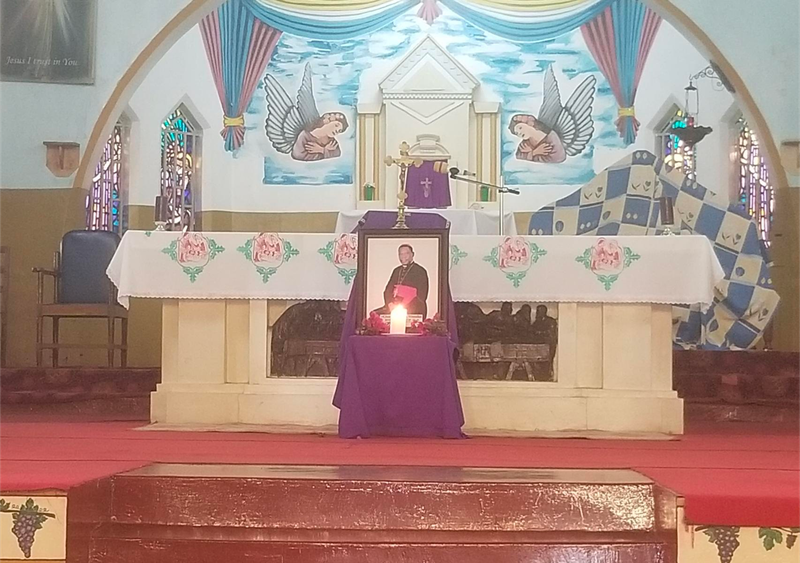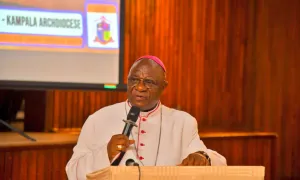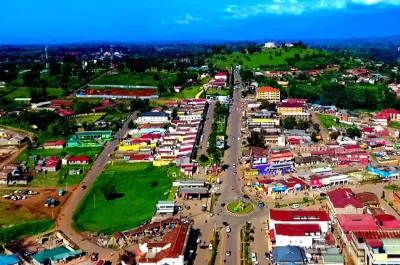
A 20-member committee tasked with organizing the burial of Bishop Charles Martin Wamika has inspected St. Joseph’s Cathedral to select the precise location where the late bishop will be interred.
Located at the headquarters of the Jinja Diocese, St. Joseph’s Cathedral Rubaga follows the Catholic Church tradition that bishops who die while still in office are buried within their cathedral churches.
According to the Jinja Diocesan Chancellor, Fr. Gerald Muto, the inspection involved priests assigned to the cathedral, engineers, funeral service teams, and members of the organizing committee. Together, they identified the specific spot where Bishop Wamika’s body will be laid to rest.
Fr. Muto further explained that a funeral Mass will be celebrated inside St. Joseph’s Cathedral on Tuesday at 12:00 noon, followed by the final burial rites. He has also urged the Catholic faithful throughout the Jinja Diocese to continue praying for their late bishop as “he transitions into another realm of life.”
Canon 1242 of the Catholic Church’s Code of Canon Law provides that, “Unless another provision has been made by the bishop himself, diocesan bishops are to be buried in their own cathedral church.” This practice underscores the Church’s intent to honor a bishop’s service and to preserve a spiritual and historical connection between the bishop and the diocese he shepherded.
By burying bishops within their cathedrals, the Church recognizes them as spiritual fathers and shepherds of their communities. Their resting places become centers of prayer and reminders of the diocese’s faith heritage and apostolic continuity. This act also symbolizes the bishop’s enduring presence and care for his flock, even in death.
Furthermore, it reflects the Catholic belief in the communion of saints, which highlights the spiritual unity of believers, the faithful on earth, souls undergoing purification, and the saints in heaven, as one body under Christ’s leadership.
In Catholic tradition, bishops are interred in crypts beneath their cathedrals, a custom observed across the world. Only bishops who served in a given cathedral are considered worthy of burial within that sacred space, reinforcing the Church’s reverence for their service.
In Uganda, this tradition began with Bishop George Edward Michaud, who passed away on June 18, 1945, at age 60, after serving as bishop since 1932. He was followed by Bishop Joseph Nakabale Kiwanuka, the first African Catholic bishop, who was laid to rest in Lubaga Cathedral after his death on February 22, 1966. Archbishop Dr. Cyprian Lwanga later became the third bishop interred in the same cathedral.
For the Jinja Diocese, however, this will be the first time such a burial takes place since its founding in 1966. The diocese’s first bishop, Joseph Willigers, who led from 1967 to 2010, passed away in his homeland of Holland in 2012 and chose to be buried among his kinsmen. Although the Catholic community in Jinja had wished for his remains to be brought back to Uganda, his burial wishes were honored in his native country.














Chrispus Mutaahi
Leave a Comment
Your email address will not be published.